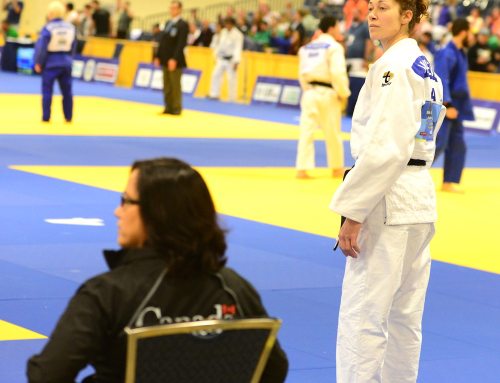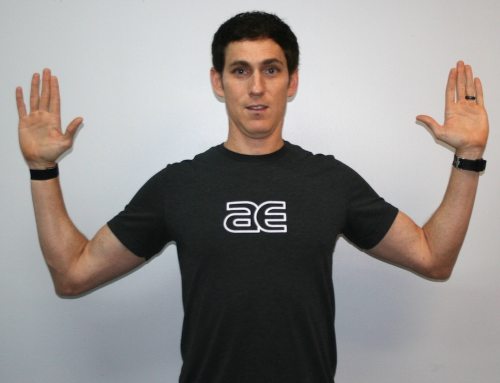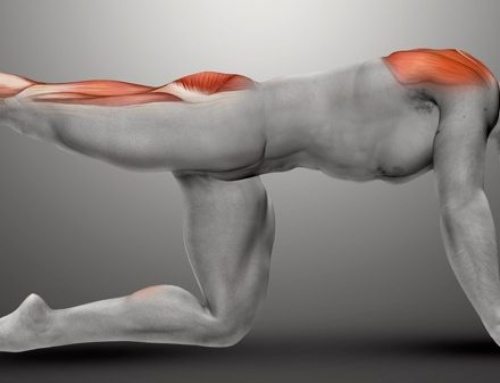
Brian Schiff, PT, OCS, CSCS
In part one of this series, I introduced the functional movement screen (FMS) and the concept of movement quality. Hopefully, the importance of attaining symmetrical movement and eliminating imbalances as it relates to injury prevention is clear.
In this column, I will continue breaking down the FMS and focusing on two screening procedures designed to assess mobility. Again, the purpose of the screen is to observe side-to-side movement and observe differences as well as overall movement capacity. Keep in mind the body compensates for limited mobility by sacrificing stability somewhere else in the kinetic chain.
Shoulder Mobility – This movement pattern involves reaching both hands behind the back toward one another and demonstrates the natural complementary rhythm of the scapulothoracic region, thoracic spine and rib cage with a reciprocal upper extremity shoulder movement. The movement challenges glenohumeral mobility, dynamic scapular stability and thoracic spine mobility/dynamic stability.
To attain a 3, the fists must be within one hand length as measured from the wrist crease to the end of the middle finger on the dominant hand. It is common to see a greater limitation when the dominant arm reaches up and behind the back. Males also generally have more shoulder tightness than females, who often demonstrate some hypermobility. The procedure is performed with each hand reaching in both positions.
As part of this screen, we also employ a shoulder impingement exam to rule out any active shoulder pathology (e.g., shoulder impingement, tendonitis, etc.).
Active Straight Leg Raise – This movement pattern identifies active mobility of the hip joints and challenges one’s ability to disassociate the lower extremities while maintaining stability in the pelvis and core. As the client flexes one hip he or she must maintain continuous core stability and use available hip extension of the opposite or down hip.
Keep in mind it assesses more than just hamstring flexibility as it also looks at static (pelvis/spine) and dynamic (hip) stability in an asymmetrical hip separation pattern. With marked hip flexor tightness (common in runners and cyclists), it is common to see the down leg rotate outward as the other leg moves upward.
To attain a 3, the outer ankle bone of the leg moving upward must pass the mid-thigh of the stationary leg without any rotation of the down leg or other visible compensation.
Poor mobility and asymmetry can be a precursor to injury and hinder optimal running and swimming mechanics. Limited hip mobility can also affect the low back and create undue stress on the spine and knees.
As mentioned in the previous article, the goal is to attain no less than bilateral 2s on each screening exam. Stay tuned for the next and final installment on the three top tier movements that assess integrated movement and relate to kinetic chain movement.
# # #
Brian Schiff, PT, OCS, CSCS is a sports physical therapist and supervisor at the Athletic Performance Center in Raleigh. The APC in Raleigh and Cary currently offer a RunSmart Assessment available in group and individual formats. For more information, visit www.apcraleigh.com or www.apccary.com.





